Artist: Flying Lotus Album: Cosmogramma
Year: 2010Duration: 0:0-1
A Critical Review of the Album: Cosmogramma by Flying Lotus
Flying Lotus, an American music producer and electronic musician, released his third studio album, Cosmogramma, in 2010. The album, a blend of jazz, hip hop, and electronica, was highly acclaimed by music critics and listeners alike. In this blog post, we will critically review the album and explore the history of the artist, the music genre of the album, the best songs on the album, the most innovative parts, and provide a final critique of the album.
Flying Lotus, also known as Steven Ellison, was born in Los Angeles in 1983. He is the grand-nephew of the legendary jazz musician John Coltrane and was surrounded by music from a young age. Ellison's early work included collaborations with artists like Gonjasufi and Erykah Badu. Cosmogramma, released in 2010, was his third studio album and a huge departure from his earlier work. The album features a range of experimental sounds and eclectic instrumentation.
Cosmogramma falls into the genre of experimental electronic music, with its unique blend of jazz, hip hop, and electronica. The album is an exploration of different musical styles, which is clear from the use of live instrumentation and samples throughout. Early on in the album, listeners are treated to the ethereal sounds of Clock Catcher and Pickled! followed by the upbeat and danceable Nose Art and Do the Astral Plane. The album's centerpiece, Recoiled, is a dreamy track that showcases Flying Lotus's skill at creating sonic landscapes.
The standout tracks on the album are Arkestry, Computer Face/Pure Being, and German Haircut for their exceptional production and instrumentation. Arkestry is a funk-infused track that features a groovy bassline and horns. Computer Face/Pure Being is another standout track that features some of the most innovative soundscapes on the album. German Haircut, on the other hand, is a track that confidently melds hip hop beats with jazzy piano lines.
The most innovative part of the album is Flying Lotus's juxtaposition of contrasting sounds. He seamlessly blends the sounds of jazz with hip hop and electronica, resulting in varied sounds and textures. The use of live instrumentation also provides a unique touch to the album. The incorporation of samples and natural sounds, including bird chirps and spaceships, adds depth and interest to the already unique soundscapes.
Our critique of the album is that it can be somewhat difficult to listen to at times. The numerous soundscapes and musical styles can often feel overwhelming, and the album may not be the easiest listening experience for all music fans. Nonetheless, we cannot deny the sheer brilliance of Flying Lotus's production and the quality of the tracks included in the album.
Cosmogramma is a truly innovative album that combines different styles and sounds to produce a unique listening experience. Flying Lotus's expert production and masterful use of live instrumentation make this album a classic in the realm of experimental electronic music. While the sheer amount of sounds and textures can be overwhelming at times, this album remains a must-listen for music fans who appreciate complex and thought-provoking music.
Other #Nu jazz albums:
SIMILAR BANDS
balls, from 1 to 5, describe similarity between the two bands
SOMETHING NEW? LISTEN TO RADIOGENRE
SUGGESTED PLAYLISTS
 Making a party in American universities
Making a party in American universities The very best of rockabilly
The very best of rockabilly The very best of raggajungle
The very best of raggajungle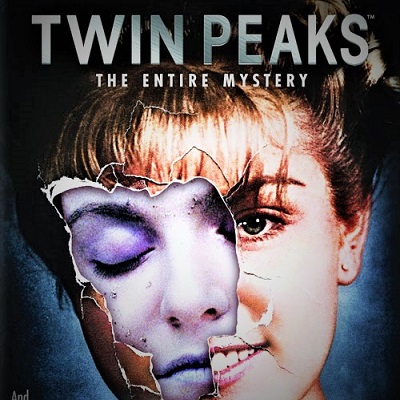 The secret diary of Twin Peaks
The secret diary of Twin Peaks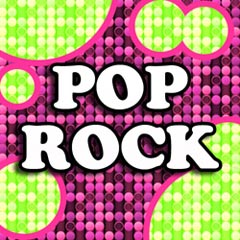 The very best of pop rock
The very best of pop rock Scandinavian Oregon: the danger of boredom
Scandinavian Oregon: the danger of boredom Music for a lounge bar in front of the sea
Music for a lounge bar in front of the sea Singing in the shower
Singing in the shower The very best of rumba
The very best of rumba The rules of Kingston, everybody against Babylon
The rules of Kingston, everybody against Babylon

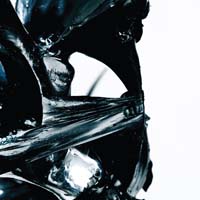
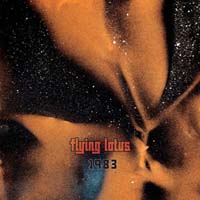
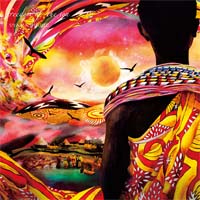
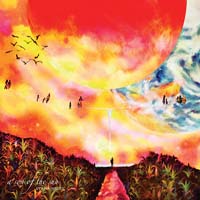
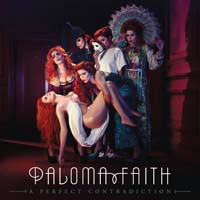

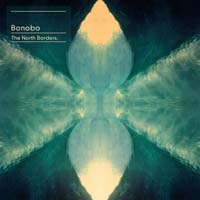
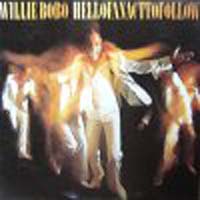
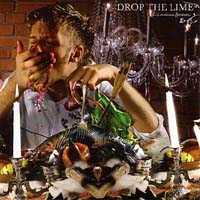
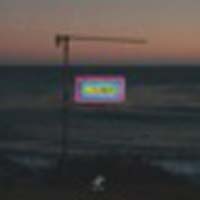
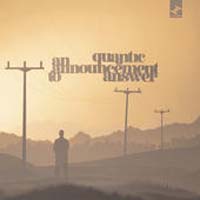
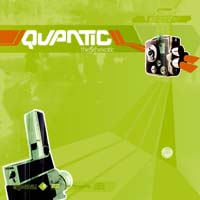


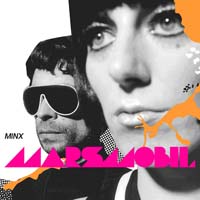
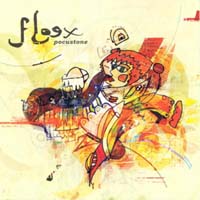
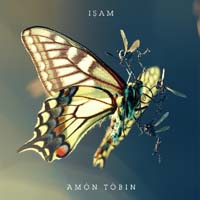
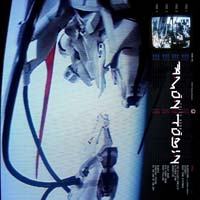
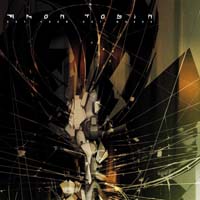
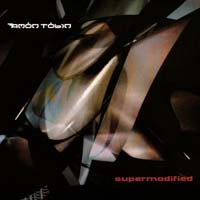
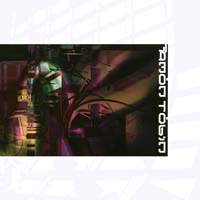
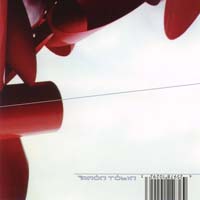

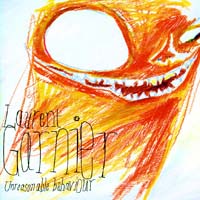
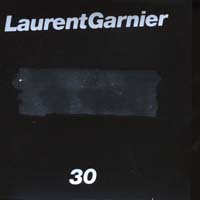



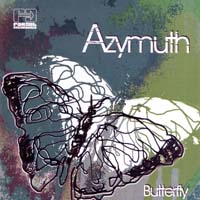

 Hard rock
Hard rock Grime
Grime Underground music
Underground music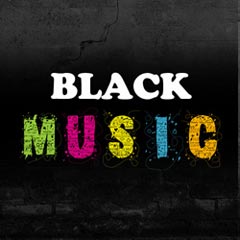 Black music
Black music Piano solo
Piano solo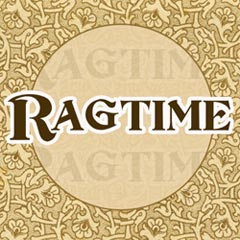 Ragtime
Ragtime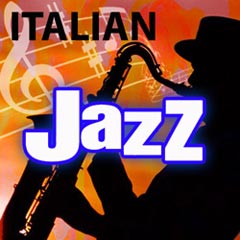 Italian jazz
Italian jazz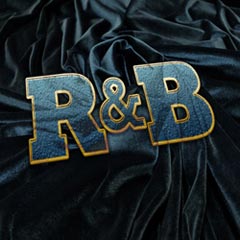 R&B
R&B